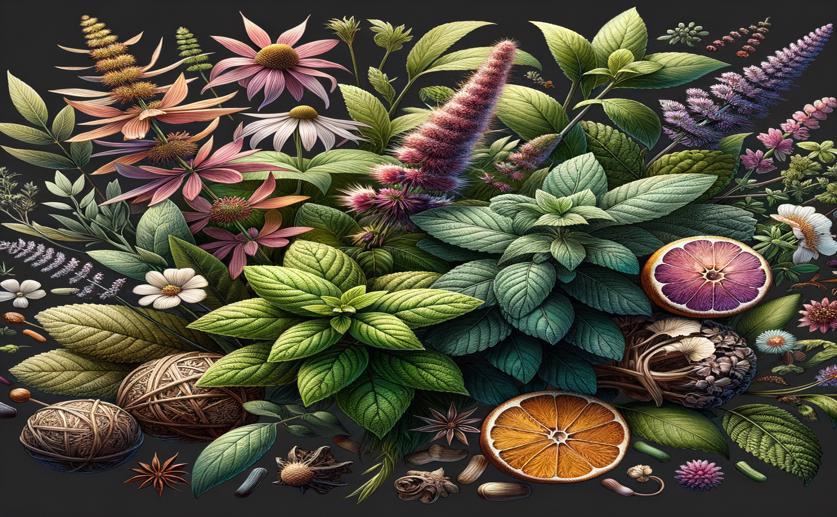
Medicinal and Edible Plants Used by the Daur People
Jenn Hoskins
25th May, 2024

Image Source: Natural Science News, 2024
Key Findings
- The study in Inner Mongolia documented 52 medicinal and edible plant species used by the Daur people
- These plants are primarily used to treat digestive issues, rheumatic immunity problems, infectious diseases, and parasitic infections
- The research highlights the need to preserve ethnobotanical knowledge, which is at risk of being lost as it is mainly held by older generations
References
Main Study
1) An ethnobotanical survey on the medicinal and edible plants used by the Daur people in China.
Published 24th May, 2024
https://doi.org/10.1186/s13002-024-00695-8
Related Studies
2) Ethnobotanical survey of food and medicinal plants of the Ilkisonko Maasai community in Kenya.
3) 'Food and medicine continuum' in the East and West: Old tradition and current regulation.
4) Diversity: current and prospective secondary metabolites for nutrition and medicine.
5) A Review of the Effects of Natural Compounds, Medicinal Plants, and Mushrooms on the Gut Microbiota in Colitis and Cancer.



 7th May, 2024 | Greg Howard
7th May, 2024 | Greg Howard